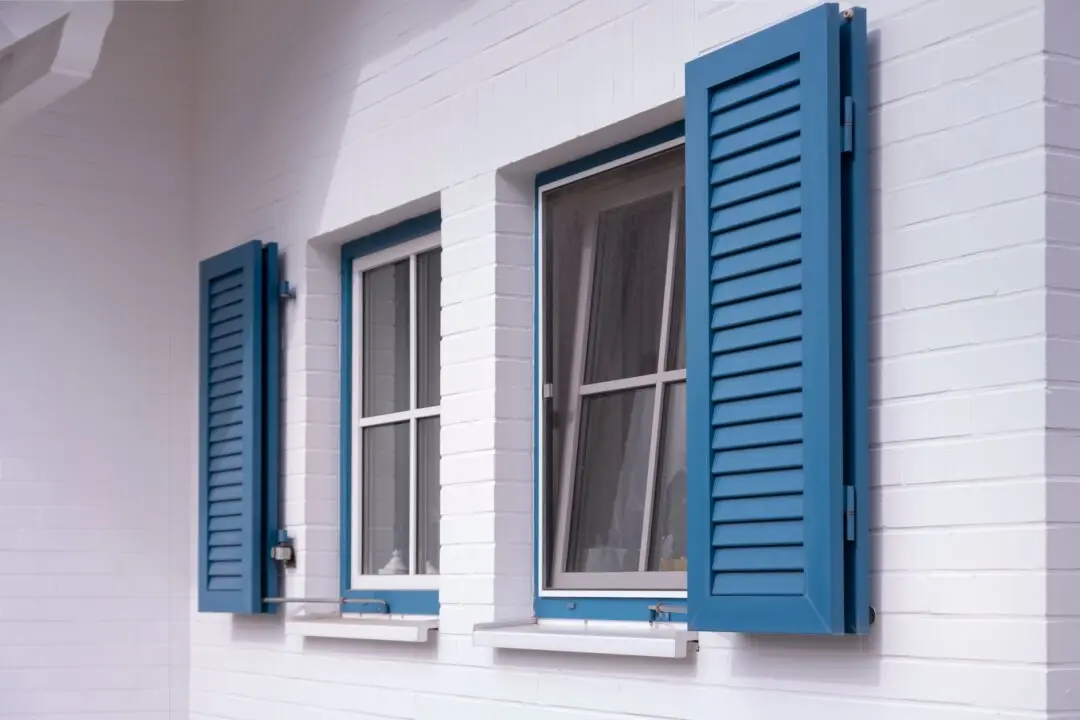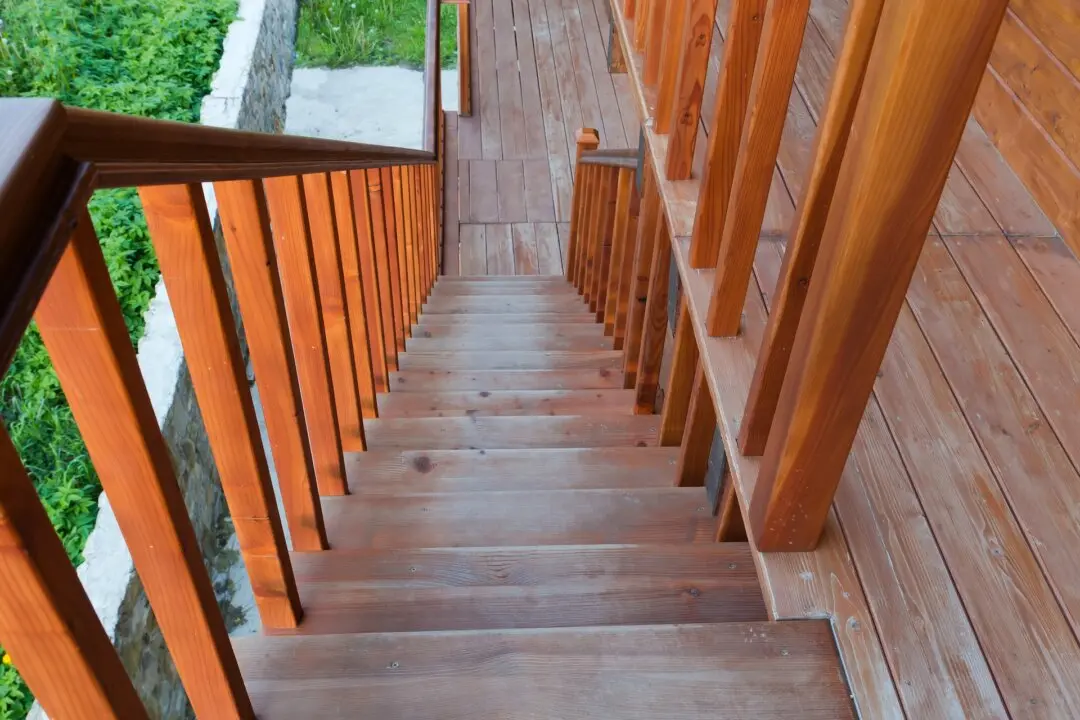Dear James: I want to strip and refinish some very old woodwork in our farmhouse. What is the best method to do this so that this antique woodwork is not damaged and looks original?—Adam C.
Dear Adam: Older, ornate woodwork is beautiful and an attraction in older houses. It is important to not damage or alter its appearance; otherwise, it can impact the value of your house. Plan on this project taking a long time to do, and do not cut corners to finish faster or save a few dollars on tools and materials.





